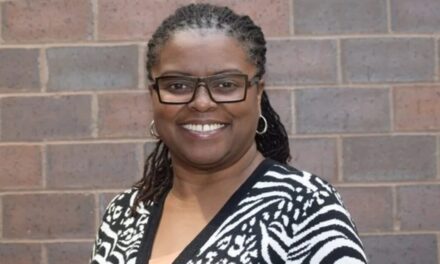
Age disparities in ADHD diagnoses have gained attention in recent years, particularly as myths of ADHD as a “disorder of childhood” have been debunked by further research. Studies have shown that the vast majority of children with ADHD diagnoses experience symptoms as adults also. Meanwhile, many adults receive their first diagnosis as adults, not children. Adult symptoms can be missed or misconstrued as a result of presenting differently than children’s symptoms, being mistaken for other mental health issues, or lack of provider knowledge.
The underdiagnosis of girls and women with ADHD has also received more public awareness. In childhood, boys and girls are diagnosed with ADHD at a ratio of 4 to 1, according to a 2019 study published in Psychiatric Genetics. Much of this gender disparity has been attributed to the differing ways the disorder presents between girls and boys. While younger boys with ADHD tend to exhibit symptoms like impulsiveness and hyperactivity, young girls with ADHD often experience more internalized symptoms, such as disorganization and forgetfulness. Research has shown that because symptoms associated with boys are more hypervisible and disruptive, they receive more frequent interventions and diagnoses.
In addition to age and gender disparities, racial and ethnic disparities persist in diagnosing ADHD. Multiple studies published over the past decade have shown that African American, Asian, and Latino children are underdiagnosed and receive less treatment than white children. One of these studies, published in Pediatrics in 2013, suggested clinicians are more receptive to white parents seeking treatment for their children than to parents of other races and ethnicities and recommended that health care providers provide “culturally sensitive monitoring.”
Another barrier to equitable diagnoses and treatment of ADHD is access to health care. Allison Gornik and Rod Salgado, Ph.D., state that families with more financial, insurance, and education resources have an easier time accessing support for the disorder. A lack of these resources limits access to quality health care providers, medication coverage, and other important services. At the same time, young people coming from lower-income backgrounds are often misdiagnosed with ADHD due to a conflation of ADHD symptoms and other behavioral issues linked with food or housing insecurity or exposure to trauma.
The implications of disparities in ADHD diagnoses can be far-reaching. Untreated ADHD can make succeeding in school, work, and even relationships more difficult. It can also impact mental health; children whose ADHD goes untreated often also suffer from low self-esteem or depression. Systemic racism and sexism that Black, Indigenous, and Latino people, and people from low-income backgrounds experience create obstacles to success in school, work, and other areas of life. Undiagnosed or untreated ADHD can compound these issues.
Part of the cultural increase in awareness about ADHD, particularly among young people, has come from the rise of content creators posting informative videos on social media platforms like TikTok. Many users have shared videos in which they talk about their personal experiences with the disorder.
According to an article from the BBC, videos with the hashtag ADHD have been viewed over 20 billion times as of May 2023. Critics of this trend argue these videos are often inaccurate or misleading and can lead to potentially incorrect self-diagnosis by viewers, as well as to the perpetuation of stereotypes. At the same time, an increase in awareness has normalized the disorder, chipping away at decades-old stigma and allowing for a sense of community and understanding for those with ADHD.
Story editing by Shannon Luders-Manuel. Additional editing by Kelly Glass. Copy editing by Janina Lawrence.
This story originally appeared on ADHD Advisor and was produced and distributed in partnership with Stacker Studio.



